By Katie Reed and Bailey Gannett
From a psychological standpoint, cliques and stereotypes make a lot of sense. It is human nature to want to belong in a group. It’s also human nature to want to categorize everything, including people. To understand more about cliques and sterotypes, AP Psychology teacher Mr. Williams explains what they are. Students at FRHS also expressed their opinions and beliefs on cliques and stereotypes.
When asked about the matter, Mr. Williams, a psychology teacher at Fossil Ridge High School, explained that people form cliques in order to feel safe and protected, and it can be harmful when one is not in the group.
“[Cliques] are important because they’re safe. It’s harmful to be outside the group. Just like in nature, the lone antelope gets eaten. Those who stay together survive longer,” said Williams. In nature, most animals will also form groups in order to have a better chance of survival. Humans are no different in that sense. Since we are social creatures, it makes sense that we’d want to belong to a bigger group and be accepted by others.
Cliques also form because humans have a tendency to bond easier with those who have things in common with them. Psychology states that the first rule of attraction is proximity; meaning that we befriend those who are like us and close to us. For example, if you sit by someone in Math class every day, you are more likely to befriend them because they’re always around. The more often you see someone and are with them, it creates a higher probability that you will befriend them.
That being said, people are more likely to be in cliques alongside people they see often. They are more likely to befriend others and stay friends with them than they are to befriend outsiders who do not belong to the clique.
The second rule of attraction is similarities, which is another reason both cliques and stereotypes are formed. When we find commonalities and similar interests with others, we are more likely to hang out with them. When similar types of people are always around one another, they become stereotypes of themselves. For example, the athletes are always together in the gym and the band kids always hang out together in the band hall. When people find something that they and others can equally identify with, it sometimes creates stereotypes for those people. It also makes it so that those kinds of people hang around one another more, which is why people in cliques often have many similar interests.
“It’s comforting to us to categorize things, including people. It’s easy and it helps us deal with our environment,” said Williams. Stereotypes are used to simplify the world around us and make things easier to understand. Humans tend to put others into boxes, because it makes it easier to understand why people are acting the way they are and to predict their future behavior.
Both cliques and stereotyping have their negative and positive qualities. While it may be human nature to do both of these things, it’s not always a good thing. Cliques can create harmful environments for those who are not in the group, and those kids will often feel ostracized.
“Media shows different cliques being better than others. It furthers the stereotype that there are cliques and that some people are better than others,” said sophomore Sid Sutton.
Cliques also can have something that psychology calls ‘group-think’ in which the people in the group don’t always do the right thing because they are afraid of going against this norm. This is where movies like “Mean Girls” comes into play, when the people of a clique bully the outsiders, even if some of the group doesn’t agree with the bullying taking place. The problem with cliques is that sometimes people would rather risk doing the wrong thing than getting kicked out of the clique.
“Everyone wants to fit in with people like yourself. It’s a thing of comfort, it’s what people like to do: put someone in one group and others in other groups. That way they know where everyone fits in,” said freshman Aliza Tinker.
The problem with stereotyping is that prejudice and racism sometimes stem from it. Just because stereotypes are sometimes true, doesn’t mean they always are. People tend to take stereotypes too seriously, especially in their teenage years. They believe that everyone of that ‘type’ must behave and act a certain way, even if that isn’t always true. According to Psychology Today (http://www.psychologytoday.com), stereotyping is often over generalized and applied to all people of the group, not just one individual.
“You get influenced and feel like you have to be in a clique, but they’re good because they help you find a group of friends that does the same stuff as you so you get along,” said sophomore Mitch Hoog.
“It’s not realistic that everyone’s going to be friends. People naturally bond with those who are like them. That’s not a bad thing,” said Williams. A positive to cliques is that it does create a belonging sense and feeling of acceptance. Knowing that others have your back and that you’re not on your own is incredibly important to people, especially in their teenage years. Cliques can also operate in a positive way when there is not one designated dictator of the group, but rather everyone has an equal say in everything. This can keep things like the group-think idea at bay, and also allows for people to explore themselves outside of who they are in the clique.
Stereotypes can be positive too. Although most of the time people think that stereotyping is always bad, sometimes it’s a good thing. People can be stereotyped as friendly or studious, just as they can be stereotyped as a nerd or a troublemaker. In reality, stereotypes are nothing more than people’s perceptions of others. It’s their way of trying to make sense of the world, and sometimes taking stereotypes too seriously can end badly. But as long as they are taken with a grain of salt, and people realize that there’s always more to a person than their stereotype, then they’re not bad.
“I don’t think either [cliques or stereotypes] are an all positive or all negative thing. We always hear about how these things create a lot of harm in our society,” said Williams. “But they also have a lot of positives. Overall, I think these concepts make for many great movies, but the ideas behind them are not always realistic.”
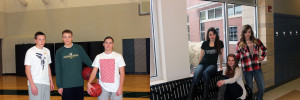



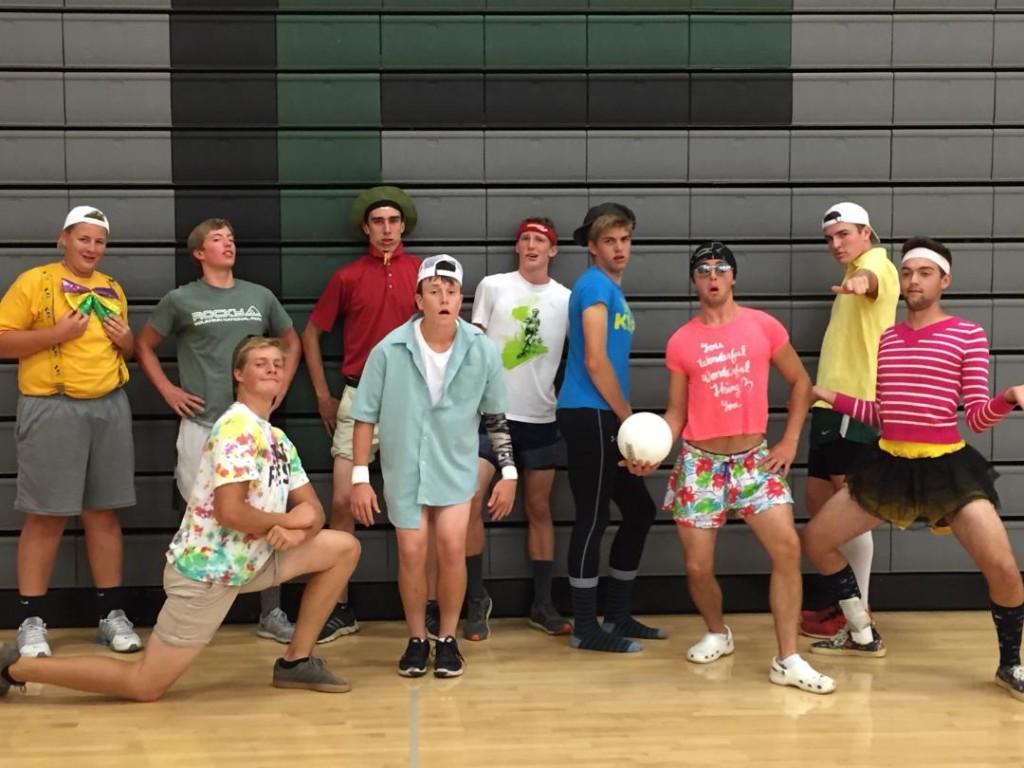
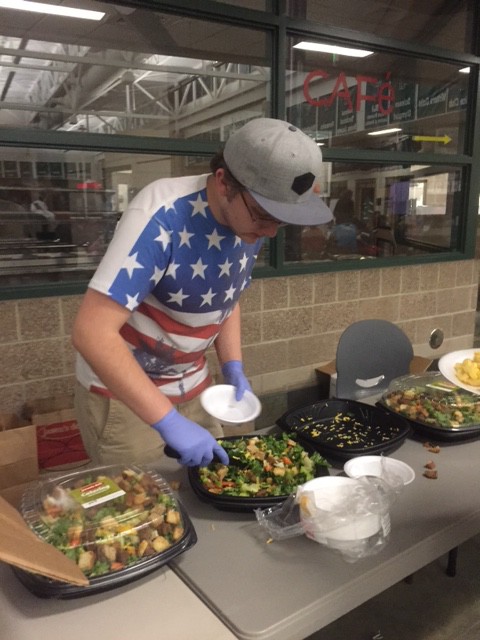
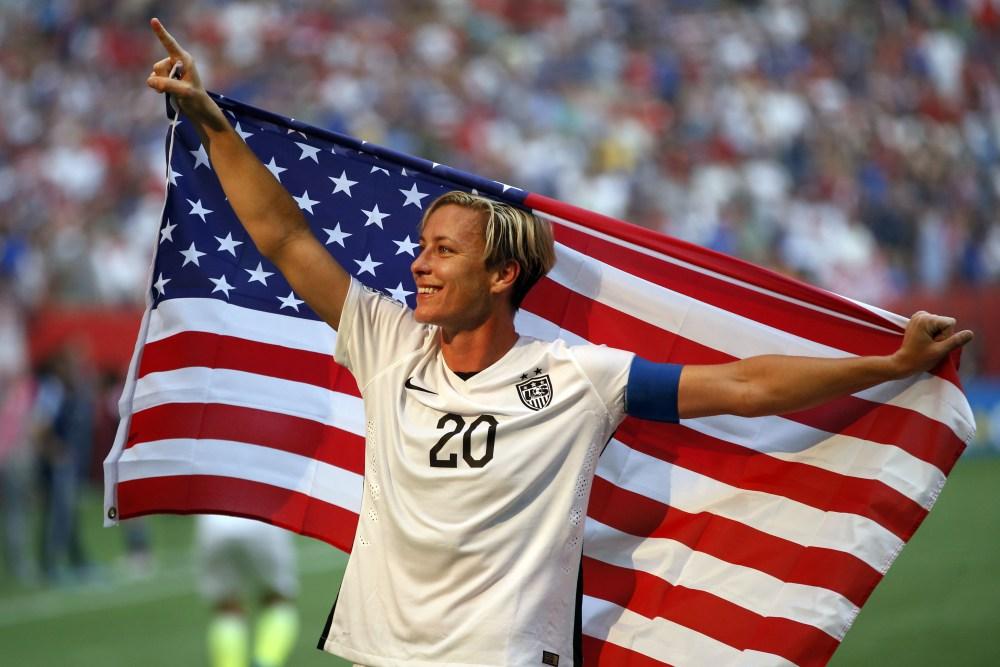
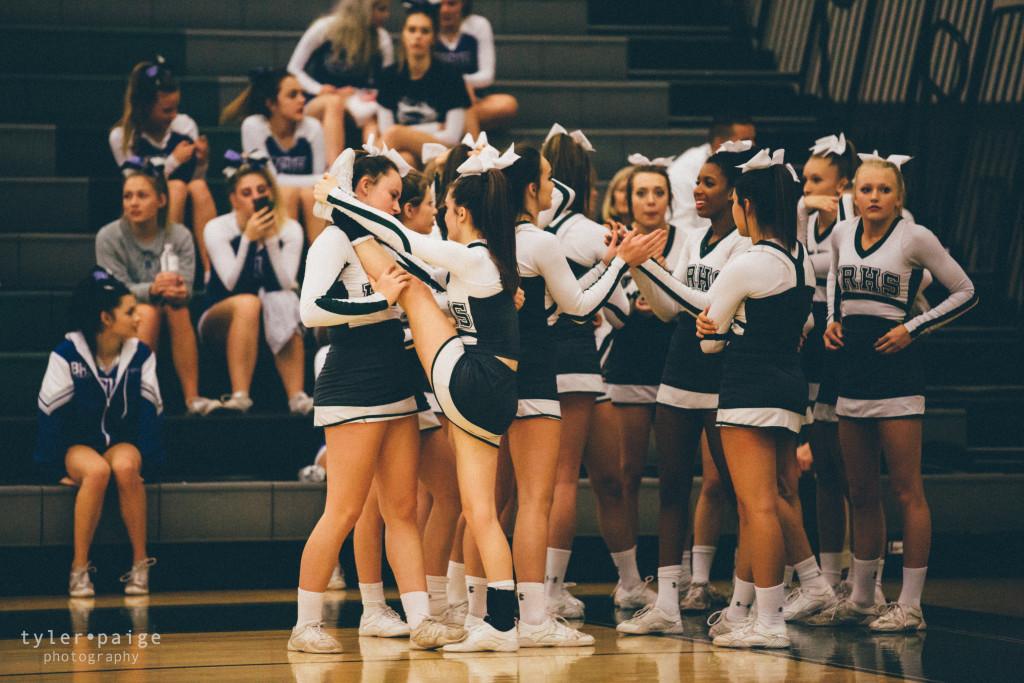

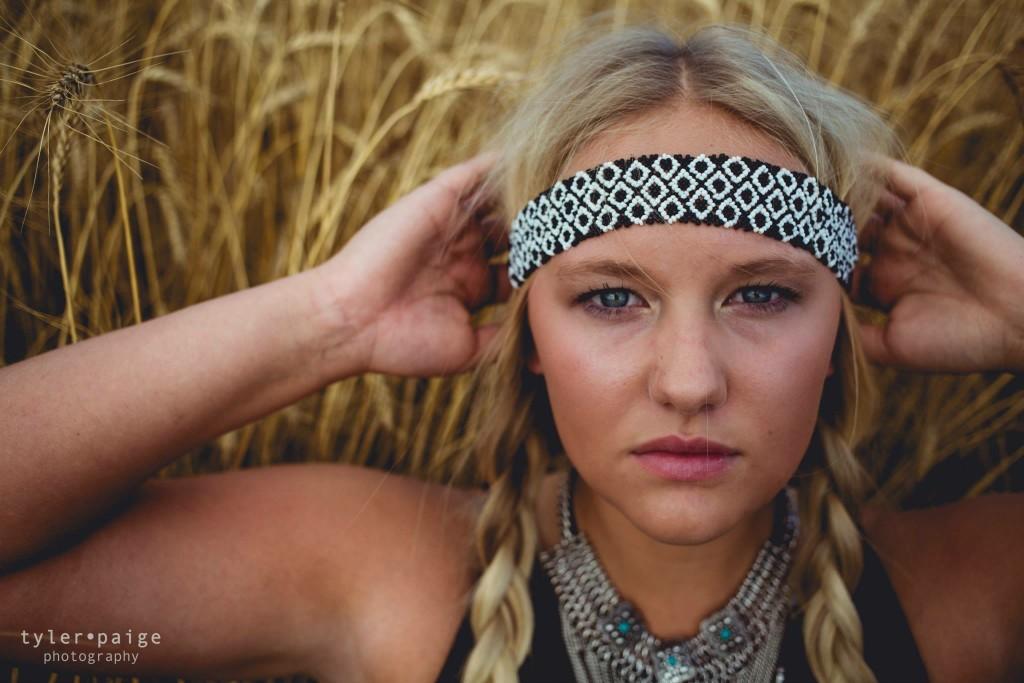


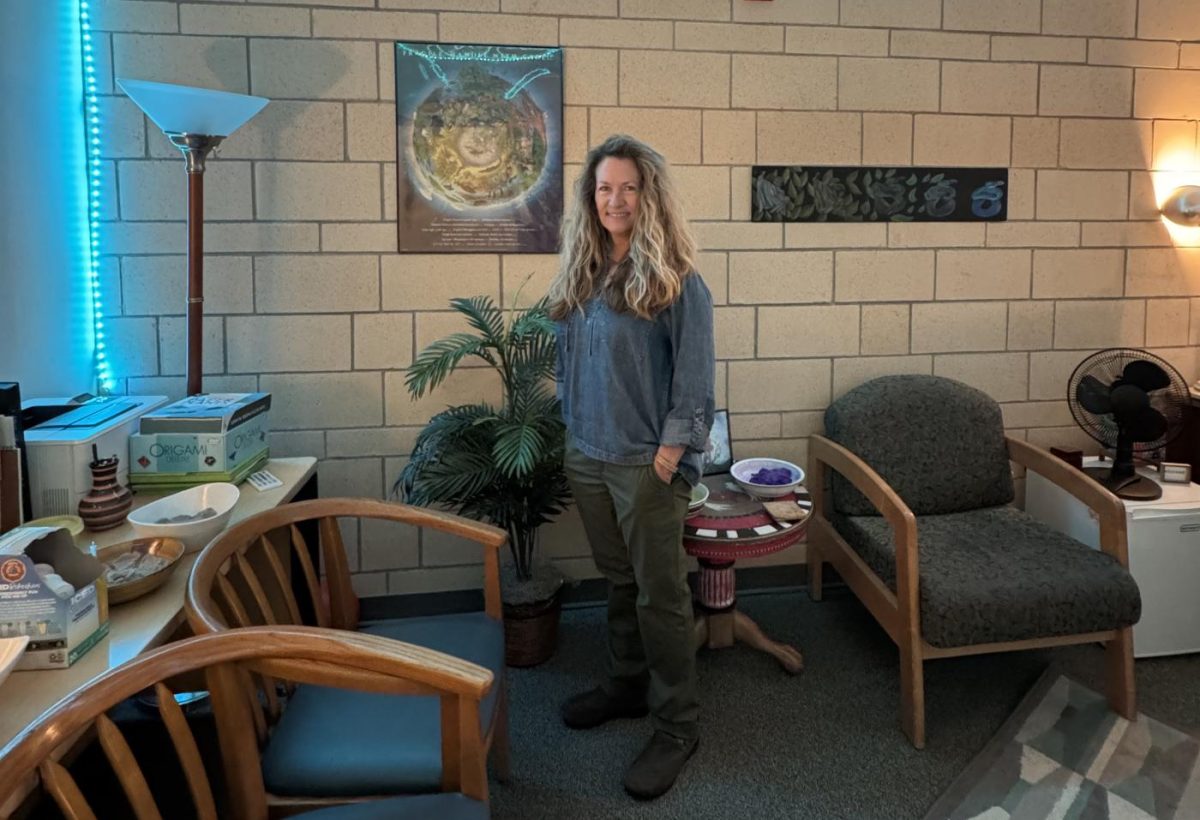


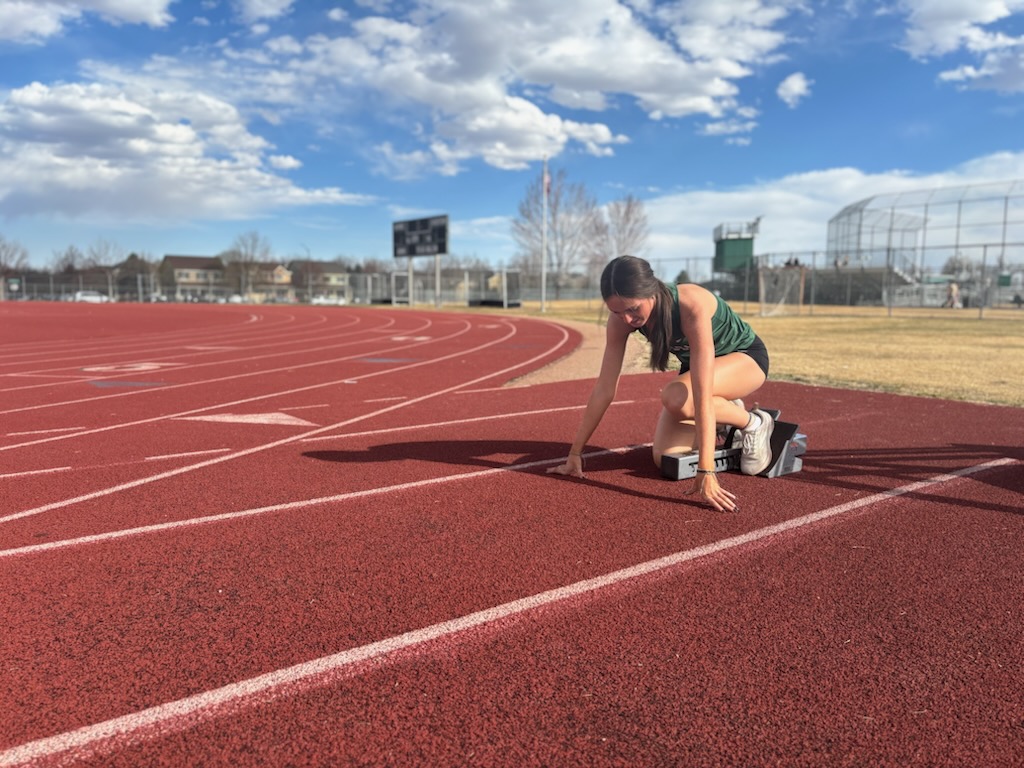
Tiara • Jun 17, 2022 at 5:17 am
When you are a black woman the stereotypes are negative and very harmful. Let’s all try a little less judgement and focus more on content of character. We all exist and therefore all deserve a space in this world of comfort and inclusion.
Avree • Jan 29, 2015 at 9:57 am
I liked this article and how relevant it is. I also enjoyed the vocabulary used because it really helped a non-psychology student like me understand the nature of cliques.
Shannon Maddocks • Jan 29, 2015 at 9:51 am
I never really thought of cliques as a good thing. And now that I think of it, I’ve seen people join cliques so they can feel protected, it’s something that I don’t put much time into thinking.
Serena Bettis • Jan 27, 2015 at 1:43 pm
I don’t really like the way you introduce it, saying Mr. Williams explains these things, but after continuing to read it works.
The first sentence in the fifth paragraph feels redundant.
I like the article, and it’s nice to know that cliques and groups are natural, rather than just hearing about the downsides of stereotypes.
I also like the way you end the article.
Jesse • Jan 27, 2015 at 1:43 pm
I really like the input from Williams. Overall the idea is very interesting and you kept the reader engaged. The organization was very nice as well.
Grace Philop • Jan 27, 2015 at 1:37 pm
This was a great article. I loved how you combined the science behind cliques and stereotypes with the opinions of students. I also liked how you factored in many different people’s opinions to support these scientific ideas. I found myself constantly enticed by the article, and I found it very interesting and easy to relate to.
Lauren Scott • Jan 27, 2015 at 9:44 am
I really like this article it is very well written. My favorite part is the topic, it is super relevant to everyone and that makes it interesting to read.
Colby Ripsam • Jan 27, 2015 at 9:38 am
I loved the easy to connect with examples that you used to explain the complex terms of psychology. As a media student, the part that I found the most interesting was when you were explaining how cliques are displayed in media. Got the wheels in my head turning!